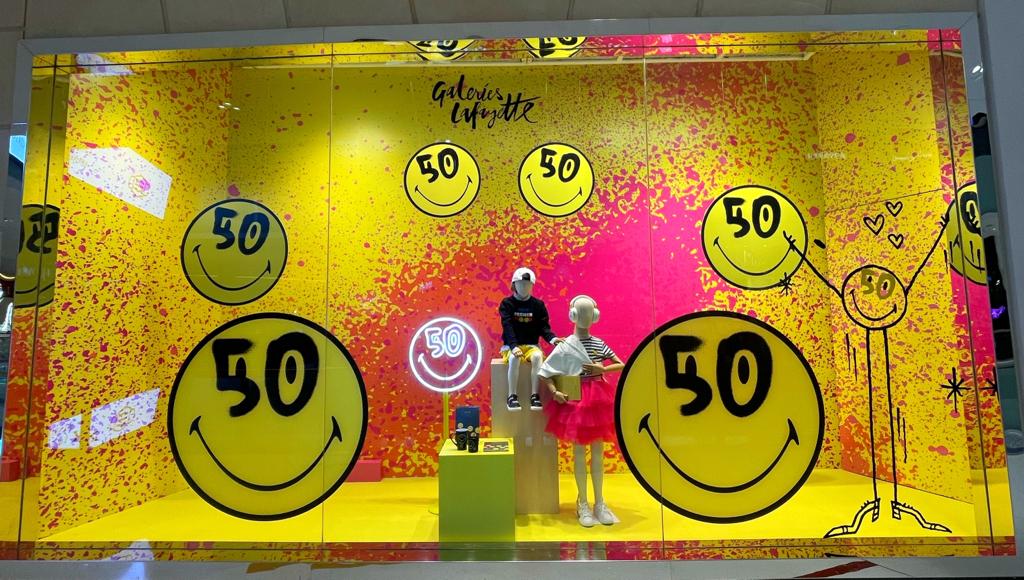Navigating in the art world is not an easy task. Sooner or later, every artist starts to wonder how to interact with art collectors, gallery owners, potential buyers and how to price their works.
This issue is raised on a regular basis both among emerging artists as well as more established artists.
The price of a an artwork is as flexible as the creative path of an artist. The richer the artist’s professional and exhibition life, the higher the cost of their art.
Before one becomes concerned with selling their works, it should be understood that creating works of art and selling them are two completely different professions, two different full-time jobs. If you are a full-time artist, you will get a second full-time job by becoming your own manager and new daily routine, without which there will be no effective result.
Sales are a combination of many factors. Let us consider the key points to help you sell your art shared by Julia with the commentary by Slava Noor.

Stay active
The price is influenced by your professional activities and activities outside the studio. Participation in international art exhibitions, competitions, auctions, publications in specialized and popular periodicals, presentation of works on status platforms, participation in city events are important. You should build a strong online and offline presence and your target audience should know you and your work. Ideally your creations should be seen at high-quality art events, featured on high-profile art platforms and covered by reputable media.
Pro tip: consider public spaces (hotels and malls) as well as galleries – they can be easier to approach and have good connections with media
Price your work correctly
Your price must be adequate. Artists’ ability to price their artworks on their own shows their professionalism. It means that they understand what makes up the value of the work. Works of an artist, whose art is in collections of the world’s leading museums, and of a young artist at the beginning of his or her career cannot have the same price. Some may argue with me and name young artists who have quickly gained popularity and have had high sales. In the vast majority of cases, oblivion occurs as promptly as a rise in the career. They are fashionable and in demand for one or two seasons until another trend replaces them. Fashion and trends are essential; however, a systematic approach and daily work are required if we are talking about a profession. Being a professional artist is not a sprint but a marathon.
Pro tip: seek advice by seasoned gallerists and artists and keep track of your sales. It is also a good idea to register on artprice.com so your sales records can be tracked by potential buyers.

Creating a strong brand online and offline
Your self-presentation is what the viewer will see when visiting your website or social media channels. Once the visitor opens your page, they should understand who you are and what you do. Use this opportunity to show your artwork, your past exhibitions and other relevant information about your creative journey. It is best to remove photos of your favourite pets, beautiful sunsets, or memorable photos of partying with friends from your personal pages and accounts, no matter how dear they are to you. Use high-quality photography and professional tone of voice to present your work in the best light possible.
Pro tip: you only get one chance to make a first impression so make it a good one. Think about what makes you unique and find a way to reflect it not only through your art but also through the way you present them.
Create a strong action plan.
Make an action plan for the next year, then the next 3, 5 and 10 years. Which exhibitions you want to take part in (their names, dates, conditions of participation), which publications you want to be featured in, which auctions are available to you, which other art events are available to you geographically and financially. Follow your plan! Correct and supplement it every six months, depending on the actions already taken.
Pro tip: use a mind map to visualise your artistic goals as well as other aspects of your creative journey like your strengths, products/services you offer and so on
Prepare for an art exhibition by doing PR and marketing
Take your time to prepare for every art show. Not only your art needs to be ready. Before any event, it is necessary to carry out preparatory work: publications in the local press, both print and digital, coverage on social networks, invitations to your collectors and buyers (I hope it is not necessary to mention that you need to have a database of your collectors).
Pro tip: have a clear action and marketing plan broken into simple tasks in an excel sheet with dates and status and a field for note.

Analyse your data.
Master as many sales channels as possible: direct sales, sales through social networks, your official website, gallery sites and art platforms. Create partner programs with interior designers. Analyse statistics for each channel regularly and adjust your marketing strategy accordingly.
Pro tip: set one day a week to check your stats. I do so every Sunday so I can see what works and what works less so I can take that into account when I plan the week. Also worth being up to date with all the digital trends to make sure you make use of every tool available. Analysing is especially important if you spending money on ads on Google or social media. Understanding statistics and the client funnel will help you remarks better and make sure you get the most for your money and have higher conversion rates.
Keep developing yourself
Do not stop in your development; keep informed about art events and try to attend all significant world art events; get new knowledge and additional education in your field.
Pro tip: investing in yourself is always a good idea and in addition to developing your skills as an artist, it is worth to take courses on anything from history of art to creating a strong brand to digital marketing. Be one step ahead of your competition.
Build your network
Be respectful to your viewer, buyer, collector. Respond to inquiries, emails; promptly issue invoices and keep records.
Pro tip: think long term when it comes to the relationship with your clients. Remember that it easier to sell a second painting to an existing client rather than selling to a new one.
Stay professional and respect the law
It is essential to be up to date on the law of the country you work in. Be respectful of the law, pay all taxes and arrange your activities as required by your country’s law. Know what license you need to obtain in order to sell online or offline. All serious art fairs and exhibitions will ask you for the license so be ready to show it.
Delegate to your team
Delegate sales to galleries and an art dealer. If you feel that full-time work on your promotion and sales of your artworks does not fit into your schedule and time, it is better to delegate it to professionals. Choose a curator close to your work principles and interact with him or her, entirely devoting yourself to the creative processes. Time is not a renewable resource – do not waste it ineffectively.
Pro tip: find an art dealer/curator who genuinely loves your work and whom you can trust with representing yourself in best light possible. If you can’t handle your social media or PR, outsourcing is also a great idea. (Do talk to us as we can help)
Just do it!
This is the most crucial point. Without systematic, daily work, there will be no satisfactory results.
Pro tip: remember your end goal and make sure everything you do takes you one step closer to it
To summarise: following your action and marketing plans and building strong relationship with art collectors and art professionals mean sales. these tips are based on my experience of working in the art world for over 20 years in different countries. If you want to know how to sell in my galleries and events in more detail, you are welcome to an individual consultation on which we will analyze everything using your examples, adjust the strategy, and plan the main development paths. If you are a young and aspiring artist, do not worry, and in no case compare your beginning with someone else’s journey, each person has their path and pace. I wish everyone a successful creative path and loads of sales!
Julia Smolenkova

Julia will share her tips on selling art during Artist Boot Camp that will cover other themes including branding, managing social media channels and website, marketing and working with media. Learn more and get in touch to enrol.





